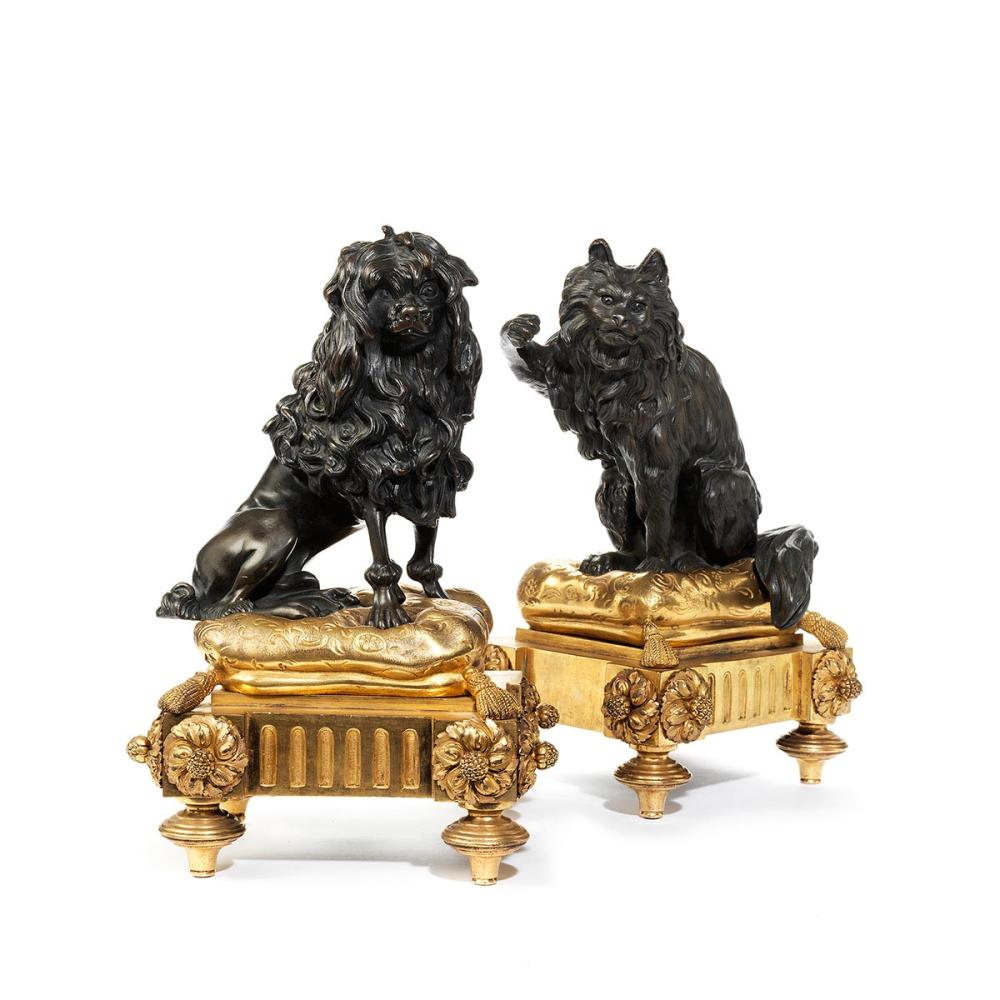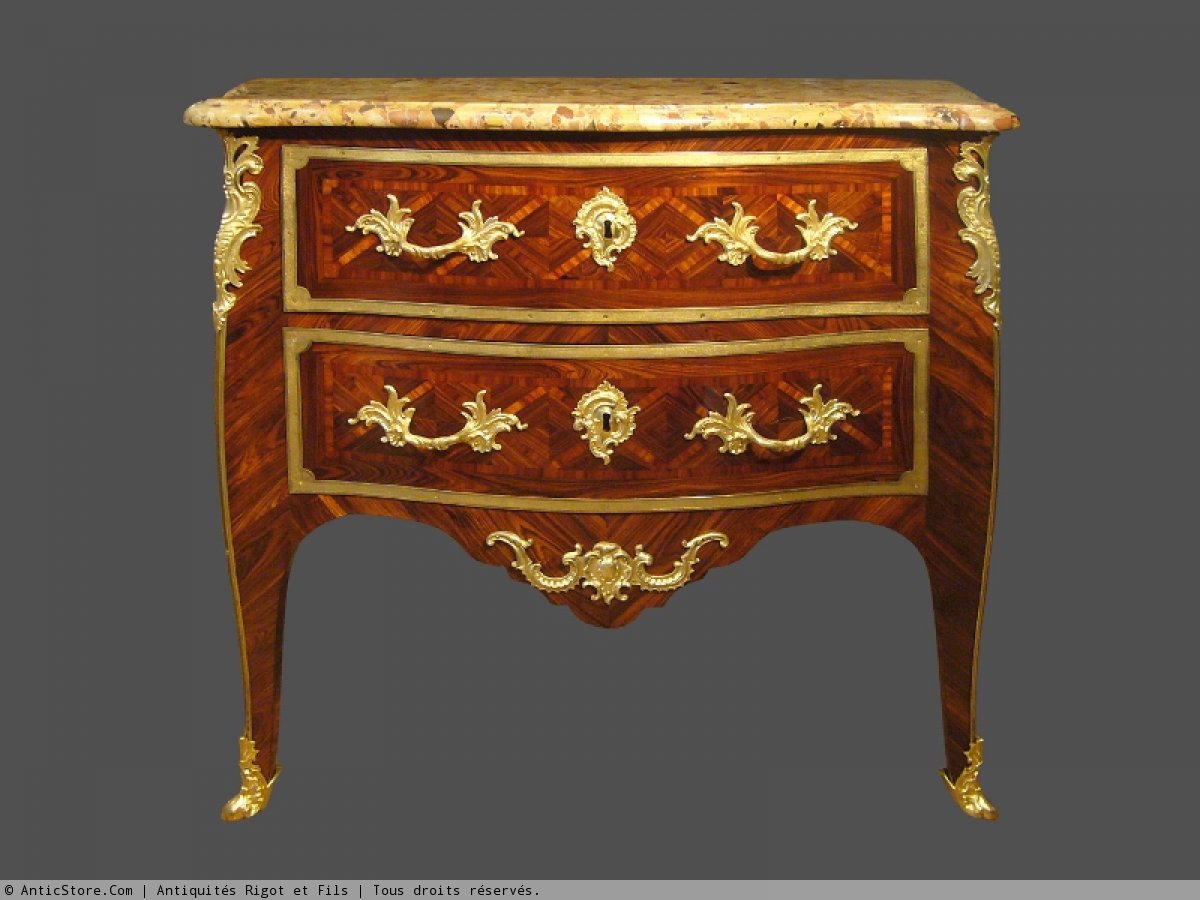
Furniture and Lamps — The Ann & Gordon Getty Collection: Volume 1 | Important Pictures and Decorative Arts, Evening Sale

Josef Baumhauer is a French cabinetmaker (ébéniste) of German origin.

Philippe Caffiéri was a French sculptor. The son of Jacques Caffieri, he was received as a maître fondeur-ciseleur, joined his father's workshop and sometimes signed his independent works, especially after the death of his father in 1755, P.CAFFIERI.


Josef Baumhauer is a French cabinetmaker (ébéniste) of German origin.

Jean-François Leleu was a leading French furniture-maker (ébéniste) of the eighteenth century who was trained alongside his rival Jean-Henri Riesener, in the workshop of Jean-François Oeben. After his master's death, he became the workshop's lead and became a master ébéniste in 1764. Leleu had the patronage of wealthy aristocrats, including the Prince de Condé, Louis-Joseph de Bourbon. His furniture was known for its high quality, elegance, and restraint, with inlays of diamonds, roses, or floral bouquets. When working for marchands-merciers, he also used inlays of Sèvres porcelain and lacquer. Leleu's clients included the Prince de Condé and Madame du Barry.

René Dubois was a French cabinetmaker and furniture designer. He followed his father Jacques Dubois, becoming a master ébéniste when he was only eighteen years old. René Dubois continued to work for his father and directed the family workshop with his mother after Jacques's death in 1763. Nine years later Dubois's mother relinquished control of the workshop, selling the existing stock to her son, who agreed to pay her an annuity.

Thomas Chippendale was a cabinet-maker in London, designing furniture in the mid-Georgian, English Rococo, and Neoclassical styles. In 1754 he published a book of his designs in a trade catalogue titled The Gentleman and Cabinet Maker's Director — the most important collection of furniture designs published in England to that point which created a mass market for furniture—upon which success he became renowned. According to the Victoria and Albert Museum, «so influential were his designs, in Britain and throughout Europe and America, that "Chippendale" became a shorthand description for any furniture similar to his Director designs».













































